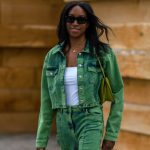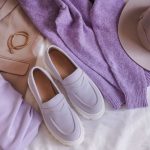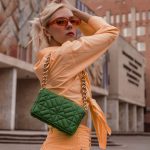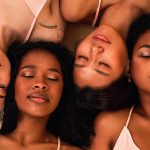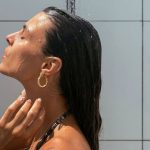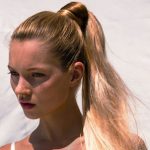Finding the Right Fringe for Your Face
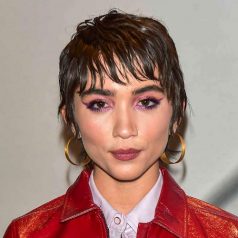
Your hairstyle serves as a canvas, framing your face and reflecting your personality. Among the array of styling choices, opting for a fringe can be a bold yet rewarding decision. However, the success of your fringe largely depends on its compatibility with your face shape. Just as a well-tailored suit enhances one’s silhouette, a carefully selected fringe can enhance your facial features and complement your overall look. Whether you possess a round, oval, square, heart, or diamond-shaped face, understanding how to match your fringe style to your unique contours is paramount.
Matching Fringe Styles to Different Face Shapes
Fringes for Round Faces:
Round faces benefit from fringe styles that create the illusion of length and angles. Side-swept or asymmetrical fringes can help elongate the face, while choppy or textured fringes add dimension and break up roundness.
Fringes for Oval Faces:
Oval faces are considered the most versatile, as they suit a variety of fringe styles. From classic curtain fringes to blunt cuts, oval-faced individuals have the freedom to experiment with different lengths and textures.

Fringes for Square Faces:
Square faces feature strong jawlines and angular contours, calling for fringe styles that soften these features. Soft, wispy fringes or textured bangs can complement square faces by adding softness and framing the eyes.
Fringes for Heart-Shaped Faces:
Heart-shaped faces typically have wider foreheads and narrower chins, making them ideal candidates for fringe styles that balance proportions. Wispy, layered fringes or angled bangs can draw attention to the eyes while harmonizing facial proportions.
Fringes for Diamond-Shaped Faces:
Diamond-shaped faces boast defined cheekbones and narrow foreheads and chins, requiring fringe styles that enhance these features. Asymmetrical or tapered fringes can accentuate cheekbones and soften angular jawlines, creating a harmonious balance.
Considering Hair Texture and Density:
In addition to face shape, hair texture and density play pivotal roles in determining the most suitable fringe style. Curly, straight, wavy, or textured hair each interacts differently with fringe cuts, influencing the overall look and maintenance requirements. Similarly, individuals with thicker or thinner hair may need to adjust fringe length and thickness accordingly to achieve desired results.

Consultation with a Professional Hairstylist
While armed with knowledge about face shapes and hair types, consulting a professional hairstylist remains essential. Hairstylists possess expertise in assessing facial features, understanding hair behavior, and recommending personalized fringe styles that complement individual preferences and lifestyles.
Maintenance and Styling Tips
Once you’ve chosen the perfect fringe, proper maintenance and styling are key to keeping it looking fresh and flattering. Regular trims are essential to prevent overgrowth and maintain desired length and shape. Additionally, investing in high-quality hair products, such as smoothing serums or texturizing sprays, can help manage frizz, enhance texture, and keep your fringe looking polished between salon visits. Experimenting with different styling techniques, such as blow-drying with a round brush or air-drying for a natural look, allows you to discover the best approach for styling your fringe to complement your face shape and personal style.

